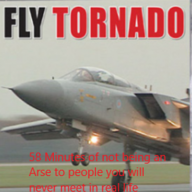The Su-27 is what the Su-35S is based on. Admittedly its possible the internal structure could have been strengthened to allow for better combat manoeuvres but that would make it heavier (slower, not as much fuel etc). So the public information is that the Su-27 is limited to 33 degrees AOA in combat. This means that at best, the Su-35 was put into combat in January 2016 with no NEW validated combat AOA beyond 33 degrees. The Russian air force has not faced an adversary where this became an issue. At worst the Su-35 development program is going through the same validation steps as everyone else including the Chinese and they don't need to tell anyone what the final numbers are when they are finished. But I strongly believe the Su-35 combat AOA validation is not finished and that since the Su-35 will not be carrier borne (therefore stronger), it will be less than the F-35 as a trade-off for carrying more payload.
I find it interesting that when the Russian government offered the Chinese an opportunity to licence build the Su-35, the Chinese turned their noses up at it, only showing mild interest in the NPO Saturn 117 engine but the Russian government said "Its a job lot. Build the plane under licence or get nothing". There are some other politics around that deal which complicate things further but not relevant to the F-35.
Side note for the Gripen fangurls: The Gripen C stalled when encountering wake turbulence that resulted in greater than 20 degrees AOA. For a period of time after the initial stall the test pilots needed to perform some alternate law (that is, overriding the computer controlled canard) commands in order to regain control. It took a couple of geniuses a few months to determine why the computers got so confused and what to do about it. This software change has been implemented in all versions from the -C onwards. This is why skipping AOA validation for combat is not really an option.









